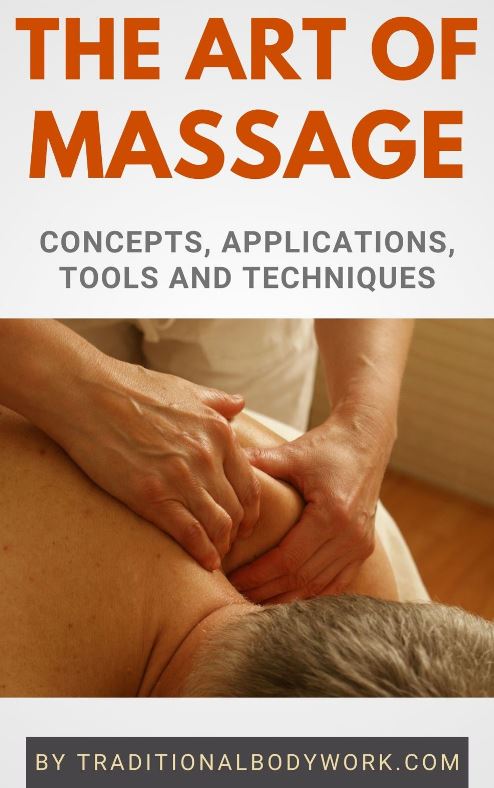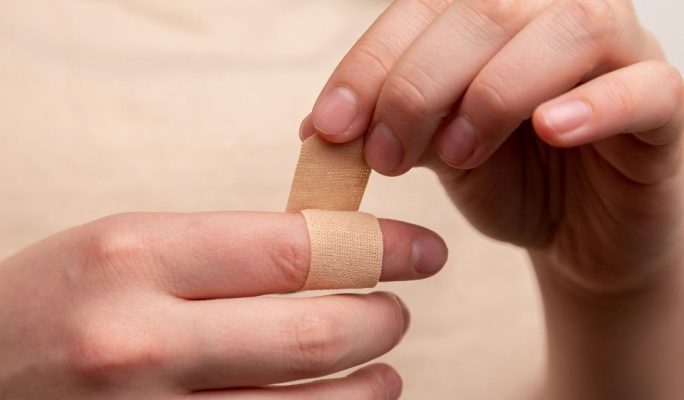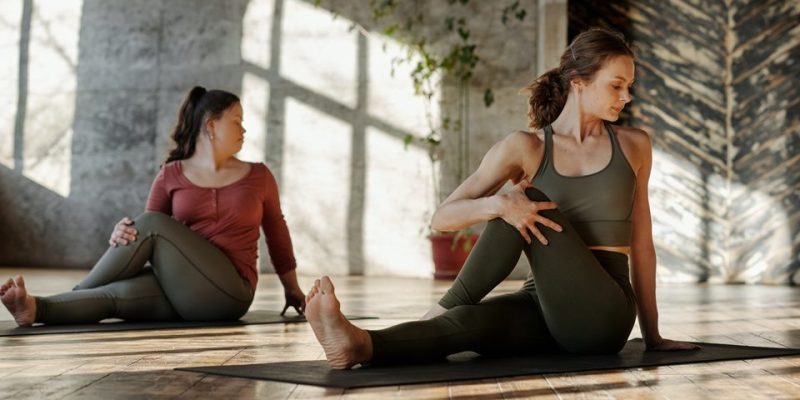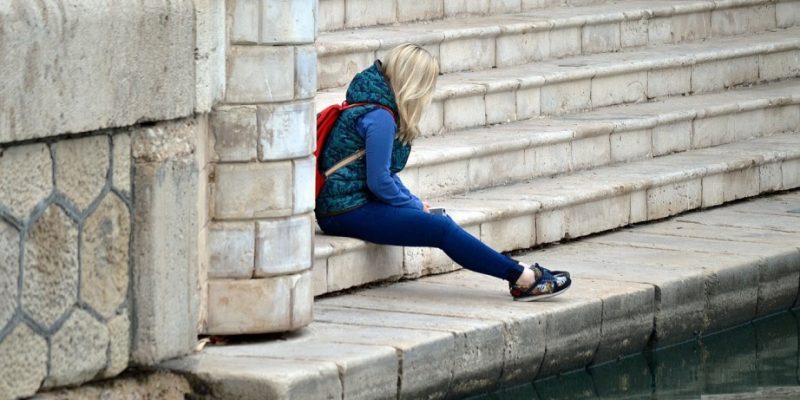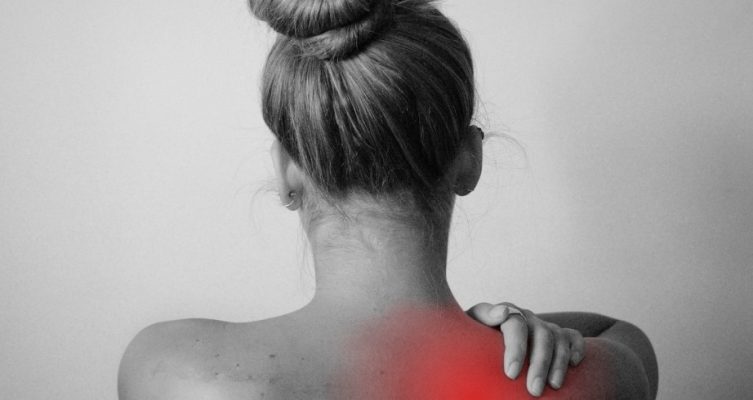
Holistic Compensation Assessment aims at finding out if, how, and why clients compensate pains, tensions, discomforts, muscle imbalances, organ dysfunctions, or structural body impairments.
In fact, when people come to you with specific pains or discomforts of body parts the questions is why they have these complaints.

They may have come about by a direct injury, pressure, or exertion of those body parts, but they may also have been caused by compensating weaknesses, discomforts, or pains of other body parts.
These compensations may have become a cause of pain or discomfort by themselves because structural compensations often cause tiredness, rigidness, and tension due to overuse and a lack of relaxation and rest.
It’s important to identify compensation patterns because they will give clues to what is (or was) the real health issue, which often has little to do with the body part(s) that compensate(s).
Okay, let’s look at some examples to make clear what we mean by this.
Now, say that a client visits you with a complaint of pain, tension, and stiffness of the left shoulder. You may find out that this client always carries loads with the left arm, which over time has caused overexertion and tiredness of the left shoulder.

But when we ask why they always carry with the left arm, we could find out that this client more than two years ago had an injury in the right shoulder and started to always carry things with the left arm to avoid pains of the right shoulder.
Always carrying loads with the left arm became a habit because of the trauma of the right arm. Yet, the right arm has already healed more than a year ago and there’s no reason why the client shouldn’t start using it again.
So, it begins with awareness of the cause and effects of the root problem, that is, the why. Nevertheless, the right arm and right shoulder have now become weak because they have been barely used over a longer period. Hence, strengthening the right arm and shoulder becomes important or else they may too easily become tired when using them again.
As a massage or bodywork therapist you would prescribe strengthening exercises for the right arm and shoulder, and at the same time you would relax the left arm and shoulder with massage or stretching exercises. It would also involve urging the client to start reusing the right arm.
Another way people compensate discomforts or pains is to obstruct i.e. inhibit movements or actions that cause those discomforts or pains. For instance, someone who always becomes dizzy when moving the head (i.e. the chin) in the direction of the chest (for example, when looking down) will try to avoid this movement.

However, in the long run this will result in shortened and rigid back neck muscles. That indeed will obstruct downwards movements of the head (and avoid dizziness) but the shortened neck muscles could increasingly cause pulls to the occiput (back of the head) which again could cause headaches.
Thus, the headaches the client complains about — for which they came to you — are simply because they always avoid looking downwards due to dizziness when doing so.
The reason of their dizziness can have many reasons, which needs an assessment by itself. For instance, dizziness when looking down could be caused by structural low blood sugar levels or because of nerve damage from a whiplash. Just to give some examples.


